Class Reptilia Rank Species | Subphylum Vertebrata Suborder Serpentes Genus Sinomicrurus Phylum Chordata | |
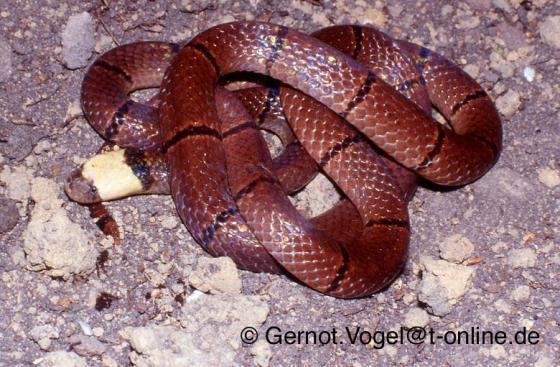 | ||
Similar Sinomicrurus, Calliophis, Hemibungarus, Sinomicrurus hatori, Sinomicrurus sauteri | ||
Sinomicrurus macclellandi, commonly known as MacClelland's coral snake, is a species of venomous elapid snake endemic to southern and eastern Asia.
Contents
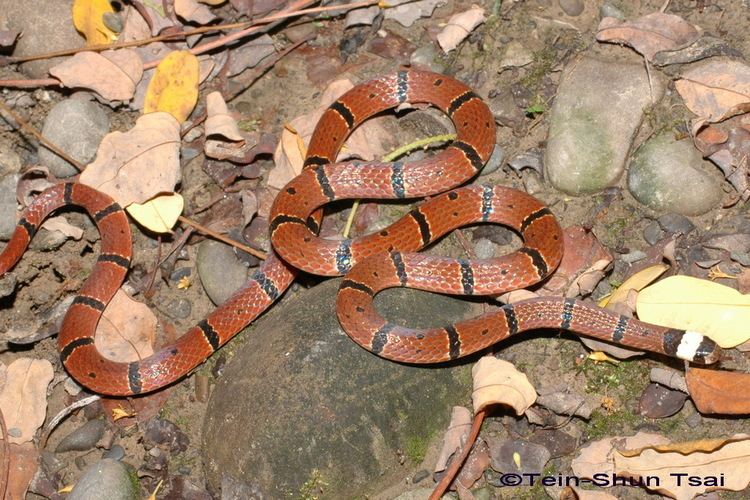
Etymology
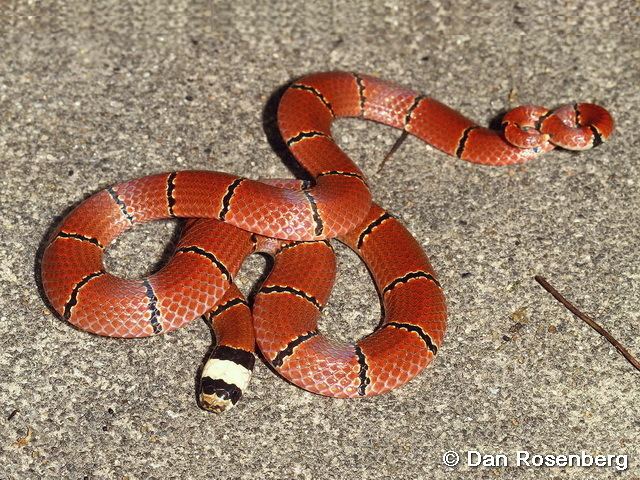
The specific name, macclellandi, is in honor of Dr. John MacClelland (1805-1875), a physician and naturalist, who worked for the East India Company.
Description
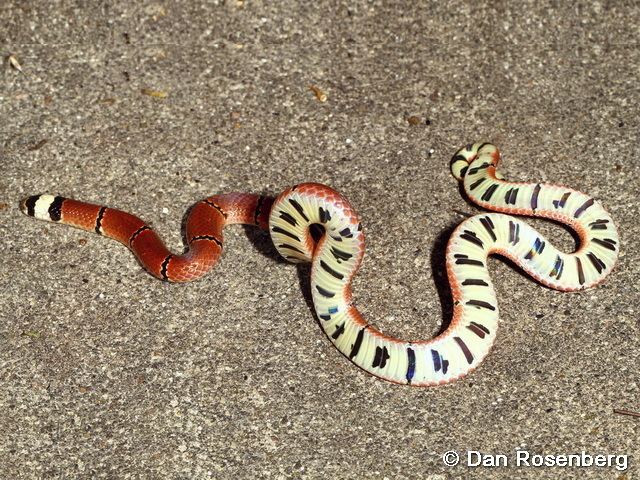
S. macclellandi is a small snake, about 40–80 centimetres (16–31 in) in total length (including tail), and has a thin body. Dorsally, it is reddish-brown, with thin, black cross bars, and its belly is creamy white. The head is small, round and black in color, with a broad, creamy white transverse band, and black outlines at the middle of the head. The dorsal scales on the body are smooth, and they are arranged, at midbody, in 13 parallel longitudinal rows.
Distribution
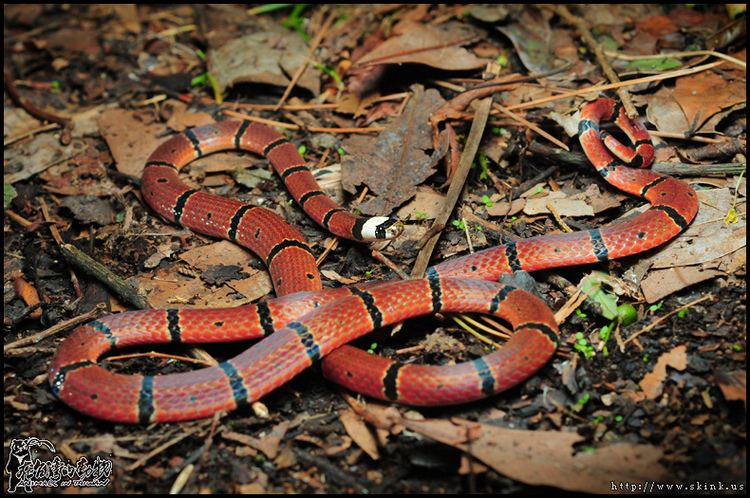
It is found in Northern India (Assam, Sikkim, Darjeeling, Mizoram); Arunachal Pradesh (Deban – Changlang district, Chessa, Chimpu – Papum Pare district), Nepal, N Myanmar (Burma), Thailand, Vietnam, Central and Southern China (including Hong Kong, Hainan, north to Gansu and Shaanxi), Japan (Ryukyu Islands), Taiwan.
Subspecies
Four subspecies are recognized, including the nominate subspecies.
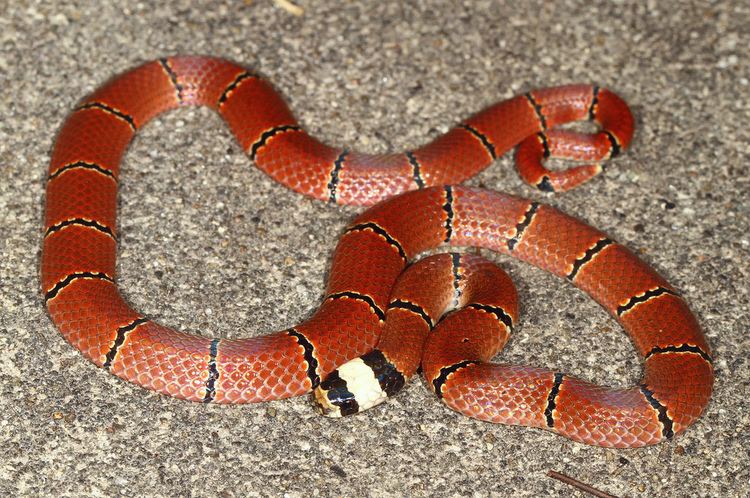
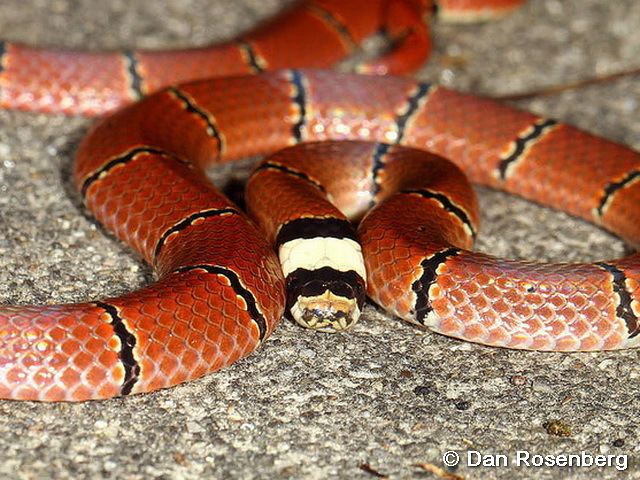
S. m. iwasakii is found on Ishigaki Island and other Ryukyu Islands in Japan.
S. m. swinhoei is found in Taiwan.
S. m. univirgatus is found in Nepal, and Sikkim.
Behavior and habitat
It is mainly nocturnal and terrestrial. It occurs in forest litter, hillside, and lowland. It is often found hiding under leaves. Although this is a venomous species, it is quite docile and not likely to strike actively.
Diet
It preys on small reptiles, such as lizards and snakes.
Venom
Like other elapidae, it possesses a potent neurotoxic venom, which is capable of killing a person. Bite symptoms include numbness of lips and difficulty of speech and breathing, followed by blurred vision. Severe bite victims may die of respiratory failure, although there have been only a few human deaths recorded in Thailand.
Reproduction
Sinomicrurus macclellandi is an oviparous species. Mature females lay clutches of 6-14 eggs.
